Graham Reid | | 4 min read
The Velvet Underground: Extemporisation ("melody laughter"?) November 1966

Most reviewers of this well-packaged, 57-track, three-disc set can’t help but comment on the overwrought essay by Clinton Walker who starts with superlatives, then works up to a screech.
He sets up the customary and needless rock-crit comparisons (VU more street-damaged than the Beatles. So?) to advance the case that the Velvets were the most important band ever in rock – maybe even, like, in the cosmos.
It’s hysterical stuff for the most part (although it levels out into an insightful essay after he runs out of hyperbole and huff) and would be hysterically funny if it wasn’t almost true.
Someone artschool smart (Brian Eno probably) once said not many people heard the Velvets at the time but everyone who did went out and formed a band. A lot of people must have heard them in the South Island, judging by the Stars in Their Eyes junior league that emerged there for a while.
Still, we mustn’t judge a band by its wannabes … the Velvets,
whenever you come to them, are one helluva band. If taking in all that Warhol stuff, the hype, the myth and the irksomeness of those who’d claim
early fan status gets too much, then just go back to the music.
The What Goes On collection -- from creditable Raven Records in Australia -- with its archival, historical overview is a great way in. The first, 74-minute disc opens with Andy Warhol in early ’66 explaining his sponsorship of a new band to combine music and art at “the biggest discotheque in the world,” the Exploding Plastic Inevitable. Then it’s into an eight-minute, raw, untutored, rehearsal rock VU “extemporisation” performance from an EPI event in Columbus, Ohio, from later that year. Alongside the producer’s credit are the words “not produced” . . . and to be frank much of it sounds like an art-school version of prog-rock improvisation by people still honing their skills.
Yep, What Goes On throws you right in at the deep end of college grads in the subculture of New York’s interrelated conceptual arts of the Sixties. It’s edgy, pretentious, uncertain, spiked up and a blueprint for a new rock culture (although it didn’t know it at the time).
Scattered throughout the first disc – material largely drawn from the mono mix of The Velvet Underground and Nico (banana cover) album and White Light/White Heat – are other recorded conversations: one from a promo album between a mellow-stoned producer Tom Wilson (who refers to the “girl drummer”) and Lou Reed; the other a tedious, mostly incomprehensible four-minute ramble involving Nico, Lou, John Cale and other “unidentified Factory personae” taken from a ’66 flexidisc.
And the last eight minutes of the final disc (followed by some uncredited noisy nonsense) is an interview piece with the band from that surprising 1990 Warhol-tribute reunion concert in France.
Between those first and last interviews lies that extraordinary, sometimes monochromatic and bleak, often hauntingly beautiful music of the Velvet Underground.
Listening even now to something like, say, All Tomorrow’s Parties, you can hear how another kind of music – a whole new rock option – opened up. At least half a dozen songs, and the art/junk/ennui attitude, provided the template for everyone from Bowie to Talking Heads to Pere Ubu to an astonishing (by world standards, disproportionately large) number of New Zealand bands.
Lou Reed, John Cale, Sterling Morrison and Mo Tucker (the “girl drummer”) created a new music out of drones and avant-garde classical gestures (Venus in Furs, Sister Ray) but put them in a rock context. It was that rare period when anything seemed possible.
Liner-note writer Walker didn’t find the magnanimity to acknowledge it, but at the same time Lennon was working with backward tapes and classical possibilities too, and Zappa was on the loose. The parameters of rock were expanding at logarithmic speed.
But the Velvets – largely because of the Warhol context – unconsciously advanced the notion of popular culture as an idiom for ideas that had been mostly holed up in the literary and art world.
Lou was always surprised when people were shocked by songs about heroin, sado-masochism and sex. Gee, it’s in all the books; why shouldn’t it be in songs?
Suddenly, thanks to the Velvets, it was … and still is.
With Nico they also embraced that detached, European existential weariness (Femme Fatale) and approached the Sartre-meets-succubus mood in It Was a Pleasure Then (from her Chelsea Girl album) included here.
This isn’t to say the Velvets were/are some academic preoccupation for initiates only. That’s the myth which Velvet obsessives, like jazz bores, would have you believe.
Nope, the Velvets rocked out (White Light, Ocean) and did it with minimalist containment (come on in the Feelies, Tall Dwarfs, et al). And always with attitude. Kind of “white nigger” blues (Run, Run, Run) with some free jazz guitar abuse, too (Run, Run Run again).
And there’s the thing about the Velvets … whenever you hear them, you’ll discover something unexpected.
In terms of influence they probably have few peers in rock. Ask yourself, how many bands today are as influenced by the Stones, Elvis, Beatles, Prince or Springsteen as by this band, a band which has still sold only 400,000 copies in the States of their 1967 debut since it was recorded on a four-track over two days for about $3000?
But better than the trickle-down argument is the fact that his music still excites and chills on every hearing. Hell, they’ve even just done these songs again on this year’s Live MCMXCIII and people are still getting sweaty palms.
Well, here are the original versions, some tracks from the VU and Another View albums, and the speaky snippets.
Purists will doubtless argue for more or better unreleased stuff – that’s another agenda. And certainly some things did deserve inclusion: Hey, no Black Angel’s Death Song, European Son or Ferryboat Bill? But yes to Guess I’m Falling In Love, a vocal version of Ride into the Sun and alternate mixes and takes of the various tracks.
Yeah, it’s a strange old world – and, because the Velvet
Underground existed, it’s more strange today than it might have been.

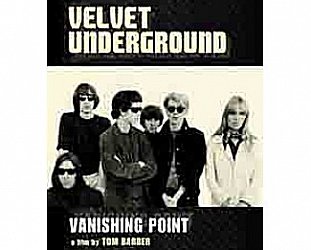
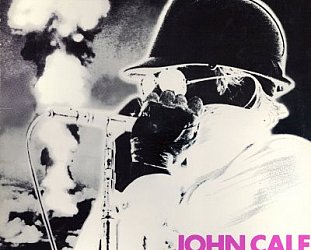
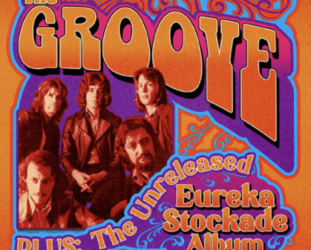
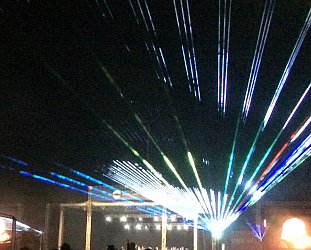
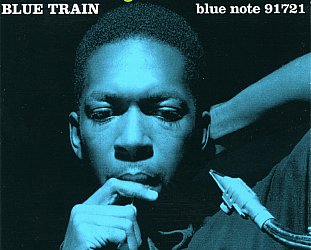
post a comment